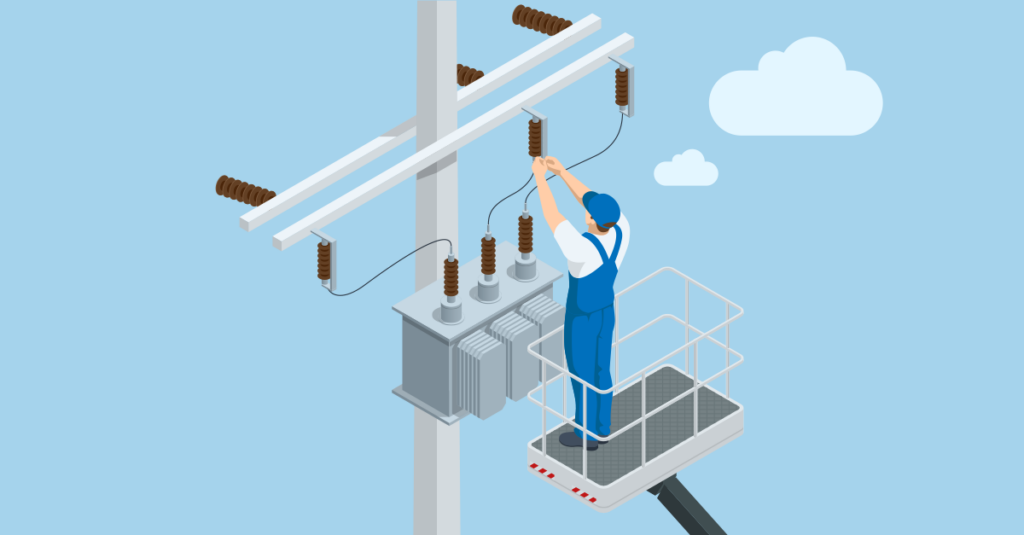Quality Failures Can Leave You In the Dark
July 29, 2019

July 13, 2019 – a massive power outage plunged a significant portion of New York City into darkness. The outage began Saturday just before 7:00 pm. 73,000 people were in the dark until just after midnight.
A five-hour power outage may seem relatively insignificant. It certainly pales in comparison to some other more famous power outages.
For example, on March 31, 2015, 70 million people in Turkey were without power for more than seven hours. On July 31, 2012, 670 million people in India lost power for between two and eight hours. The famous North American blackout on August 14, 2003 impacted significant portions of the northwestern U.S. and Canada, with more than 50 million people in the dark for between 16-72 hours in the USA and up to 192 hours in Canada.
New York, however, is one of the world’s most significant metropolitan centres, the hub for a financial network that spans the globe. When a location like New York loses critical infrastructure, the impacts cascade and resonate across financial, transportation and business systems.
In general, power grids are highly reliable. Yet they are also vulnerable to small events that rapidly grow to become perilous. The North American Electric Reliability Corporation (NERC) defines a cascading failure as “the uncontrolled successive loss of system elements triggered by an incident at any location.” Cascading failures are frequently found at the heart of most major blackout scenarios. According to Larson et al (2007), most large blackouts begin when a series of small problems occur that either aren’t noticed or are dismissed as not significant enough to cause cascading failures.
This pattern was in play on July 15, 2019. Con Edison, the utility company that provides power to New York City, blamed the blackout on the failure of their relay protection system to isolate a damaged 13,000 volt cable at West 64th Street and West End Avenue.
A damaged cable is a common occurrence in a large power grid like New York’s. In the initial hours after the blackout, Con Edison was reluctant to lay the blame on something so routine. However, the company subsequently determined that the relay protection did not operate as designed, and both the primary and backup relay protection systems failed to isolate the cable. That relatively small failure cascaded throughout the system and cut off power to six neighborhood networks in the city. According to Con Edison, they will continue investigating why multiple redundant systems failed to meet design specifications.
While there were no significant injuries or hospitalizations, there are important lessons to learn from this event. One is the cost of downtime in a complex system. While there are no official figures on the cost of the blackout in terms of downtime and lost productivity, the costs in a major business center are significant, even on a weekend when the city’s financial markets are closed.
Final Thoughts, Future Considerations and the Role of Quality Management Software
The New York City blackout of 2019 highlights how even minor infrastructure failures can lead to significant disruptions in major metropolitan centers. While the immediate aftermath did not result in severe injuries, the cascading effect of the failure serves as a powerful reminder of the vulnerability in complex systems.
This incident underscores the critical need for continuous improvements in grid reliability and the importance of thorough, data-driven investigations to uncover root causes. Leveraging Quality Management software can play a crucial role in this process by providing utility companies with the ability to perform real-time monitoring, conduct root cause analyses, and manage preventive actions more effectively. With features like Failure Mode and Effects Analysis (FMEA), corrective action tracking and predictive analytics, this type of software can help ensure that small issues are flagged and addressed before they escalate into larger crises.
By integrating quality management software into operational workflows, utility companies can proactively monitor key system components, run risk assessments and automate maintenance schedules to prevent failure. Furthermore, these platforms can store historical data to identify recurring patterns, helping to enhance grid resilience over time.
Ultimately, power grids worldwide must be resilient enough to withstand both minor and significant threats. As investigations continue into the New York blackout, utility companies and regulators alike should prioritize learning from such events to avoid future outages that could have far more severe consequences. By strengthening detection systems, refining root cause analysis, incorporating quality management software and ensuring proactive maintenance, we can mitigate the risks that come with our growing dependence on power infrastructure.







